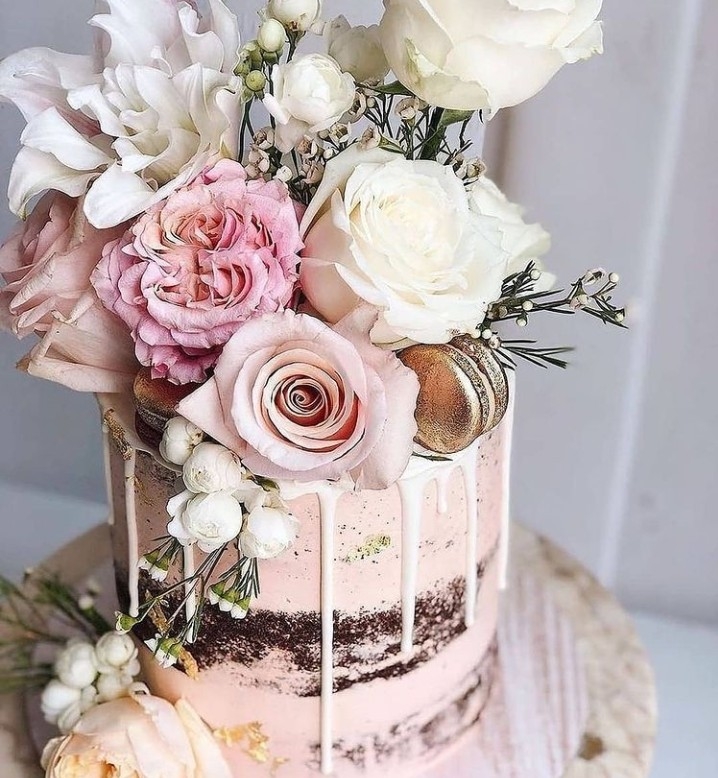Your Decorating Business
What should I charge for my cakes?
This is always a burning question and can make the difference between success and survival. Here is some feedback from a survey of other bakers and decorators:
- For simple cakes I charge twice my costs - for more detailed cakes I go up to costs x3.
- The fastest way to sink the business is to not value your work and under charge!
- You can start by finding out what your local bakery charges for a cake and then divide that price by the number of servings to come up with a cost/serving.
Some logo inspiration
Small Business is Big Business!
Whatever your plan for your cake business is, it can be as small or as big as would suit your lifestyle and vision. Follow these basic principles, suggested by Jeff O'Kelley from Demand Media.
| Mscupcake is based in the UK and specializes in guiding budding cake businesses |
Step 1
Create a start-up plan for your cake business using information gained through research of subjects such as license requirements, utilities cost, food cost, estimated labour, advertising expense, competition analysis and location costs. Include estimates of projected sales and growth based on potential income from your target market.
Step 2
Identify a working location for your cake business. If you plan to run your cake business out of a residential kitchen, be prepared for a visit by local or state health inspectors. Working from home may require some alterations or redesign of your kitchen to meet current health codes. Renting space in a professional kitchen can be easier but will add to your ongoing expenses.
Step 3
Issues such as permits, business licenses, insurance, trademark registration and employer registration should be addressed.
Step 4
Create a price list or brochure that describes the types of cakes you plan to offer. Include details such as available sizes, pricing and estimated time to create. This design can also be use for advertising purposes. Adding pictures to your price list will help potential clients visualize your products. Find or create unique flavors or recipes to set your cakes apart from the competition.
Step 5
Market your cake business to friends, neighbours, coworkers and relatives as an inexpensive starting point. Consider placing an online ad, or a local newspaper ad that reaches your target market. Flyers can be left with wedding dress shops, party supply stores or other businesses as another way to promote your cake business.
Step 6
Set up a website to further promote your cake business and attract new customers. If possible, include features such as a picture gallery of cake designs, prices, contact information and ordering form. Social networking is also a cheap and effective marking tool.
Get a free website for your business at www.wozaonline.co.za
Why you should never never never stop advertising!
Thank you to Lisa Jacobs from marketyourcreativity.com for this MUST READ:
The following guide to advertising was written by Thomas Smith in 1885, and with today’s short attention spans and desire for instant gratification, I believe it’s even more relevant now.
• The first time people look at any given ad, they don’t even see it.
• The second time, they don’t notice it.
• The third time, they are aware that it is there.
• The fourth time, they have a fleeting sense that they’ve seen it somewhere before.
• The fifth time, they actually read the ad.
• The sixth time, they thumb their nose at it.
• The seventh time, they start to get a little irritated with it.
• The eight time, they start to think ‘Here’s that confounded ad again.’
• The ninth time, they start to wonder if they’re missing out on something.
• The tenth time, they ask their friends and neighbors if they’ve tried it.
• The eleventh time, they wonder how the company is paying for all these ads.
• The twelfth time, they start to think that it must be a good product.
• The thirteenth time, they start to feel the product has value.
• The fourteenth time, they start to remember wanting a product exactly like this for a long time.
• The fifteenth time, they start to yearn for it because they can't afford to buy it.
• The sixteenth time, they accept the fact that they will buy it sometime in the future.
• The seventeenth time, they make a note to buy the product.
• The eighteenth time, they curse their poverty for not allowing them to buy this terrific product.
• The nineteenth time, they count their money very carefully.
• The twentieth time prospects see the ad, they buy what is offering.









